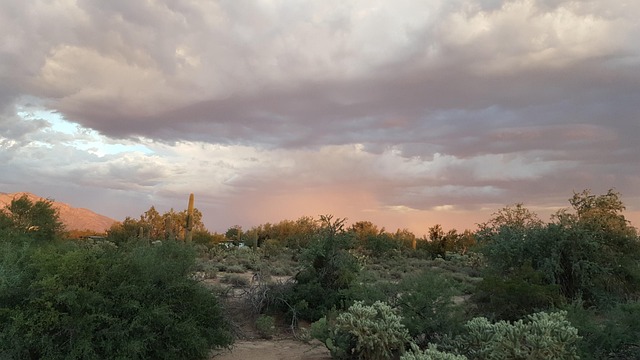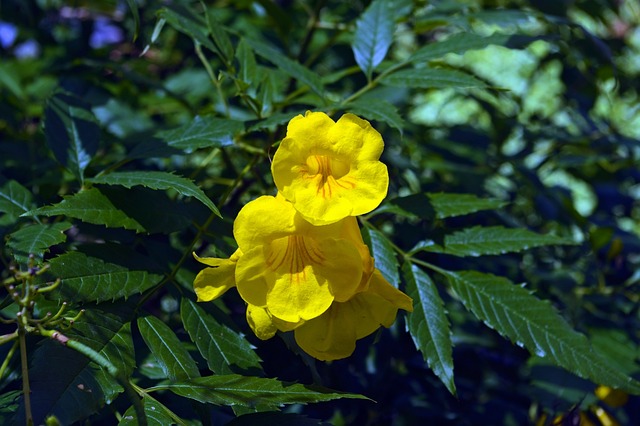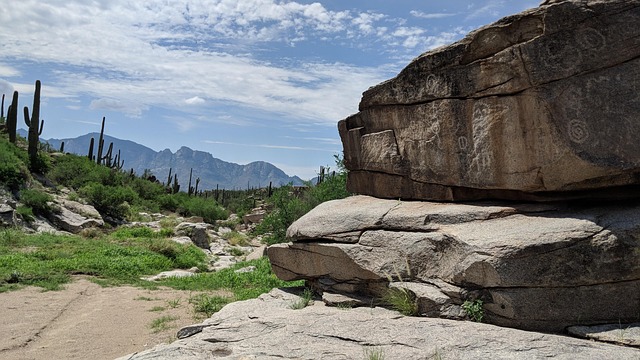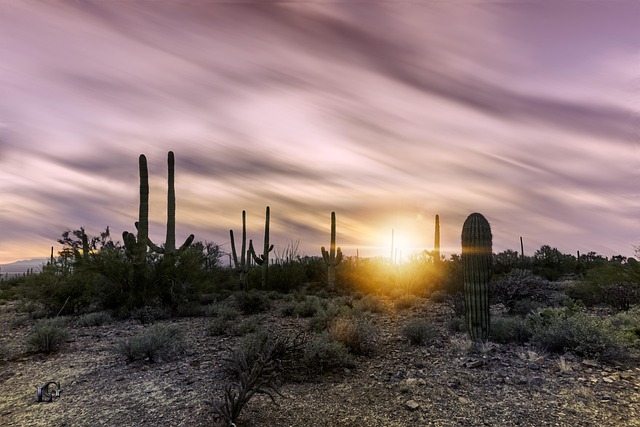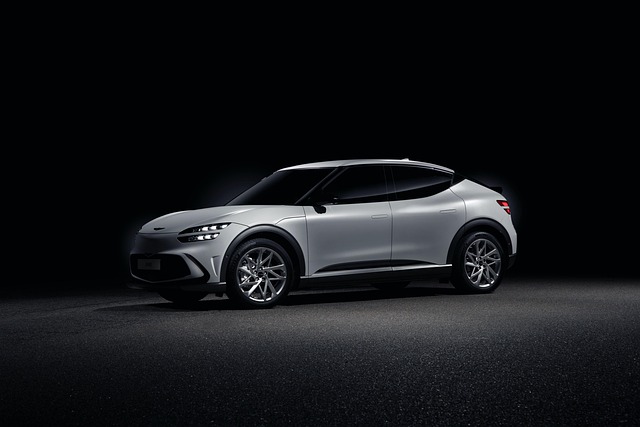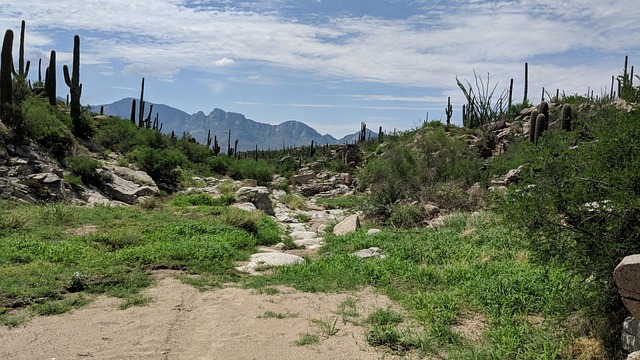Real estate revitalization transforms downtown areas by repurposing historic buildings into mixed-use spaces with residential lofts, retail, and artistic venues. This strategy stimulates economic growth, increases property values, attracts diverse businesses, and enhances community engagement through public art and events. By fostering a vibrant arts scene and improving infrastructure, revitalized downtowns become cultural destinations that redefine urban living.
“Discover how bustling downtown areas are undergoing a vibrant revitalization, with real estate at the heart of this metamorphosis. This dynamic transformation is not just about bricks and mortar; it’s an artistic and cultural renaissance. Explore strategies like arts integration that breathe new life into urban spaces, and community engagement that fosters thriving cultural hubs. Real estate revitalization is reigniting cities, making them more livable, attractive, and diverse.”
Real Estate Revitalization: Downtown's New Pulse
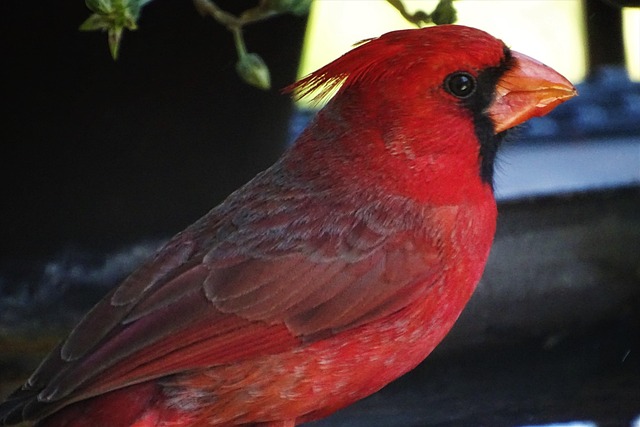
The heart of the city beats stronger with each new real estate development revitalizing downtown areas. These projects transform outdated spaces into vibrant hubs, attracting residents and businesses alike. By prioritizing mixed-use properties with residential lofts, studios, and condos, along with retail and artistic venues, developers are creating diverse, thriving communities. The influx of young professionals, artists, and entrepreneurs not only breathes new life into historic buildings but also fosters a dynamic arts scene that draws tourists and cultivates local pride.
Real estate revitalization acts as a catalyst for urban transformation, sparking a chain reaction of positive change. Improved infrastructure and increased foot traffic lead to enhanced public safety and more accessible green spaces. This, in turn, encourages outdoor events, pop-up markets, and community gatherings, solidifying the district’s reputation as a cultural destination. With each successful redevelopment, downtown areas emerge as pulsating centers of creativity and energy, redefining urban living for generations to come.
Arts Integration: Transforming Urban Spaces
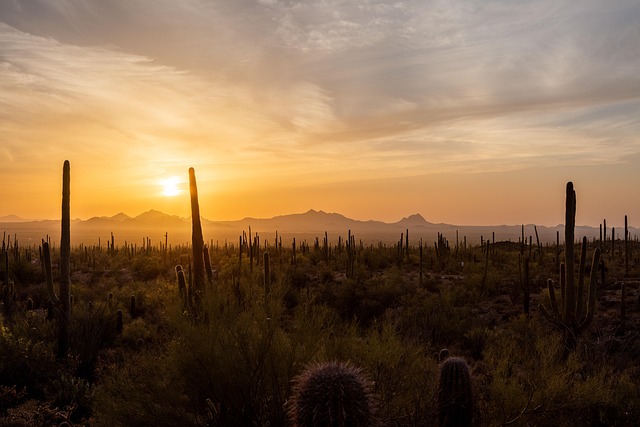
The integration of arts and culture is a powerful tool for revitalizing downtown areas, transforming them into vibrant hubs of creativity and community engagement. By incorporating artistic elements into urban spaces, such as public murals, sculptures, and performance venues, local governments and developers can attract residents and visitors alike, stimulating economic growth in the process. This strategy not only adds aesthetic appeal to otherwise dull or neglected neighborhoods but also fosters a sense of belonging and pride among the people who call them home.
Real estate in these revitalized areas often becomes more desirable, leading to increased property values and a surge in investment. Artists and cultural institutions play a pivotal role in this transformation, breathing new life into historic buildings and abandoned lots. The resulting arts scene attracts a diverse range of businesses, from boutique shops to innovative startups, contributing to a dynamic urban ecosystem that benefits everyone within its reach.
Community Engagement: Fostering Cultural Hubs

Community engagement is a cornerstone of successful downtown revitalization, and one of the most powerful tools in creating vibrant cultural hubs. By actively involving residents, local businesses, and artists, cities can ensure that their revitalization efforts are not just about real estate development but about fostering a sense of belonging and community pride. Public art installations, community-led events, and collaborative creative spaces are effective ways to engage diverse stakeholders, encouraging them to become invested in the area’s transformation.
This collective ownership leads to unique cultural expressions that reflect the city’s identity. It also attracts tourists and visitors, stimulating local economies and creating a thriving arts scene. As these cultural hubs develop, real estate values often follow suit, benefiting both property owners and the community at large, leading to a more sustainable and inclusive urban environment.
